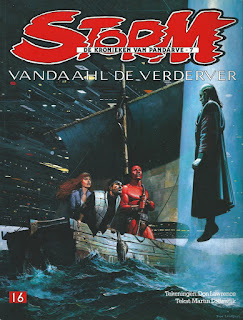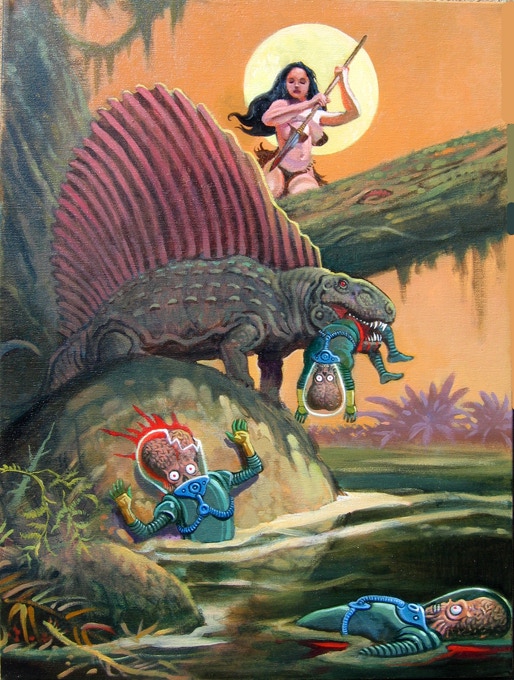 |
| A Martian farmhand |
Strange monuments, pyramids, and the occasional ruin reveal the existence of a Martian civilization of the past, when it was perhaps a greener world. Historians are divided over whether any of the current inhabitants are related to these ancient people. The gangly limbed, barrel-chested Sand People of the deep desert that raid Earther settlements, show no cultural interest in the old places and are as ignorant of the ancient hieroglyphs as they would be the mating habits of a Venusian dracosaur. The rodentine scrappers with their crawling junkyards seem no better adapted to the Martian environment that humans.
The Amos Isley Spaceport (named for one of the early rocket barons of the Red Planet) is as raucous as most of the other farm town settlements are quiet. Many a being with a price on its head ends up hiding out here, and in fact, interplanetary criminal gangs are known to have hideouts in the Martian wastes.













.png/revision/latest?cb=20161201234356)





